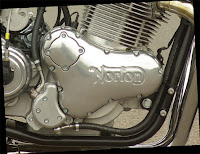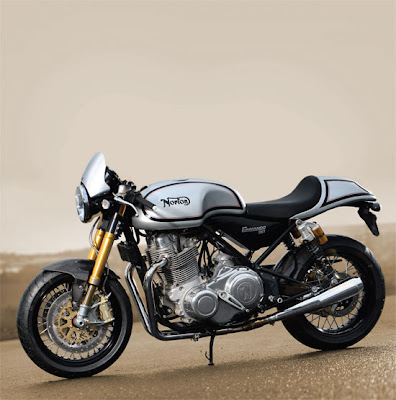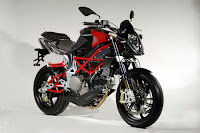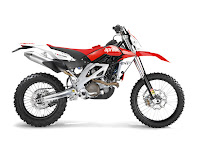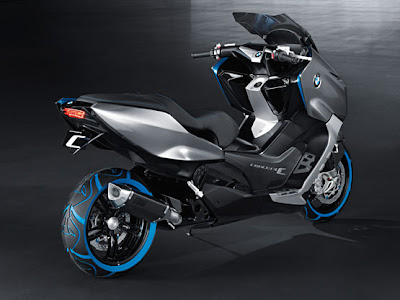Benelli Cafe Racer 899, 2011
ENGINE Specifications
TYPE
In line 3 cylinders, 4-stroke, liquid cooled , 4 valves per cylinder double overhead camshaft, with balancer shaft
DISPLACEMENT 899 cc
BORE x STROKE 88 x 49,2 mm
COMPRESSION RATIO 12,5:1
RATED OUTPUT 88 kW (120 cv) @ 9500 rpm
MAX. TORQUE
FUEL SUPPLY Electronic injection with three throttle bodies ø53 mm
EXHAUST SYSTEM With catalytic converter and oxigen sensor
CERTIFICATION Euro 3
CLUTCH Wet clutch
GEARBOX 6 speed
FINAL DRIVE Chain drive, ratio 16:41
CHASSIS
FRAME Decomposable, front steel trestle, rear alluminium alloy casting
FRONT SUSPENSION
Ø43 mm upside-down fork, with idraulic extension / compression and spring preload adjustments
FRONT SUSPENSION STROKE ANTERIORE 120 mm
REAR SUSPENSION
Steel trestle swingarm, progressive rear dumper with idraulic extension/compression and spring preload adjustments
REAR SUSPENSION STROKE 120 mm
FRONT BRAKE Twin floating disk ø320 mm with 4 piston calipers
REAR BRAKE Singol disk ø240 mm with double piston caliper
FRONT RIM 17"x3.50" DOT-D
REAR RIM 17"x6.00" DOT-D
FRONT TYRE 120/70-ZR17 58W (-120/65-ZR17 56W-)
REAR TYRE 190/50-ZR17 73W (-180/55-ZR17 73W --- 200/50-ZR17 75W -)







